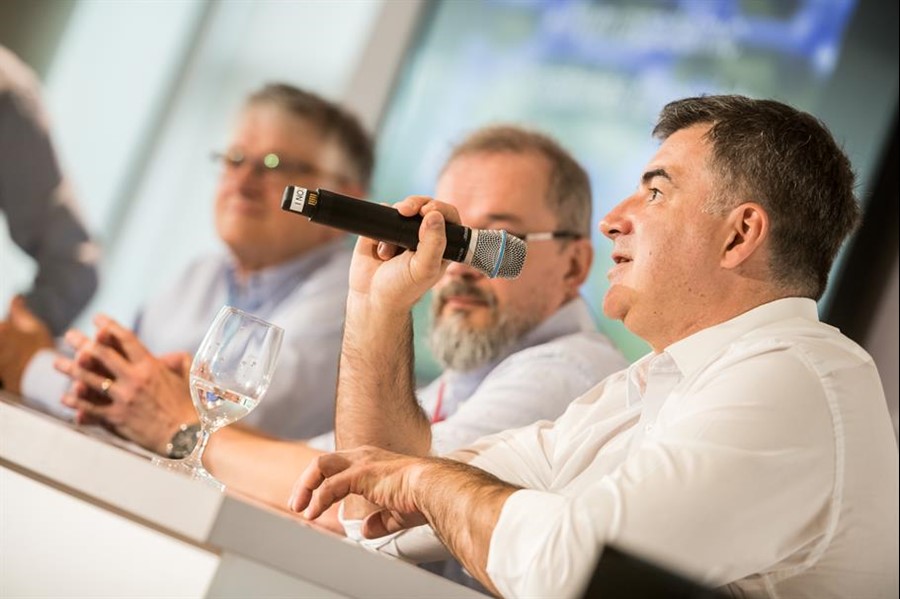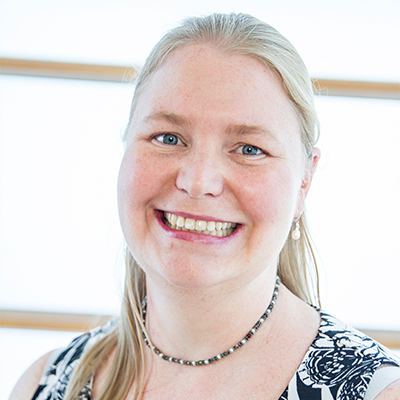Graphene Flagship Participates in Lindau Nobel Laureates Meeting
Graphene Flagship launched a collaboration with Lindau Nobel Laureate Meetings, allowing the three poster prize winners from the Graphene Study winter school to attend the meeting.
Once a year, 30 to 40 Nobel Laureates convene at the Lindau Nobel Laureates Meeting in Lindau, Germany, to meet the next generation of leading scientists: 600 undergraduates, PhD students, and post-doc researchers from around the world. This year the Graphene Flagship launched a collaboration with the meeting organizers, allowing the three poster prize winners from the Graphene Study winter school to attend the meeting.
“I’m extremely happy to be able to take part in the Lindau Nobel Laureates Meeting,” says Piotr Kapuściński from CNRS in France. “I think this is a great opportunity to widen my scientific horizons and to absorb some knowledge which the Nobel Prize winners possess.”
“I had really nice discussions at the poster sessions,” says Rebekka Garreis from ETH Zurich in Switzerland, “which I think is one of the main reasons why I got the poster award to go to the Lindau Nobel Laureates Meeting. I’m really excited and happy about attending!”
“The Lindau Nobel Laureates Meeting is a great place to be, I am very happy to get the chance to participate,” concurs Benedikt Frohn from RWTH Aachen University in Germany.
As this year’s programme focused on physics, Sir Konstantin Novoselov, who received a Nobel Prize for isolating graphene in 2010, was invited to speak on Materials of the Future (watch the video).
“Graphene changed the whole paradigm in material science. Prior to graphene we believed that 2D materials were impossible. The isolation of graphene paved the way for many other 2D crystals to be discovered and studied, Novoselov says.
When asked about how new materials will reshape industry in the future, he replied: "It’s always hard to predict the future. However, we already see industrial products based on graphene. I have no doubts that it will be used more and more in the future. However, the discovery of the whole family of 2D materials offers the new concept of materials on demand. I believe that this concept will be explored intensively in the next few years."
The discussion on graphene and new materials was revisited at the meeting’s science breakfast where Graphene Flagship Director Jari Kinaret, along with Nobel Laureates Klaus von Klitzing and Novoselov spoke on graphene, leading to a lively discussion on future applications for graphene and the merits and drawbacks of hype when it comes to new materials. Attendees were encouraged to share their own ideas for how graphene could be used.
These meetings are great opportunities for young researchers, Novoselov says: “First of all it broadens the horizons of the young people. Also, it is a chance for the young researchers to better understand the approach of established scientists towards the research – something they don’t teach you in the Universities.”

Credit: Patrick Kunkel/Lindau Nobel Laureate Meetings




